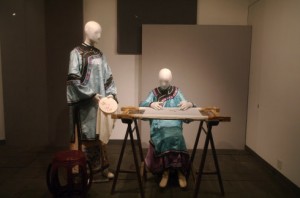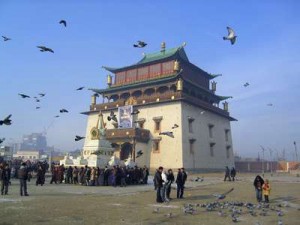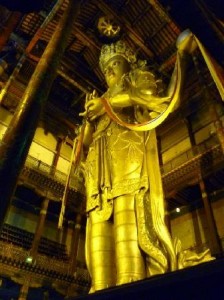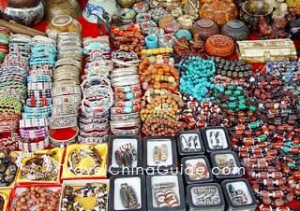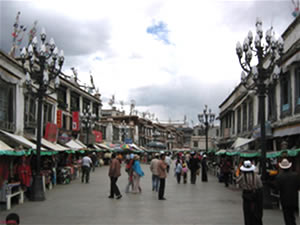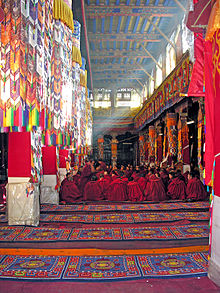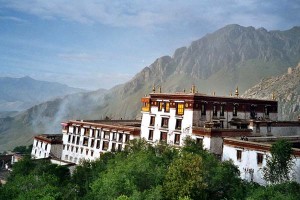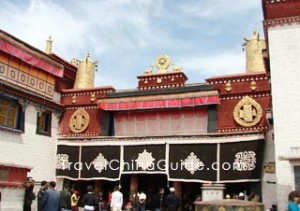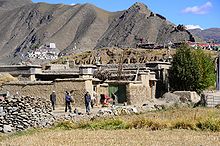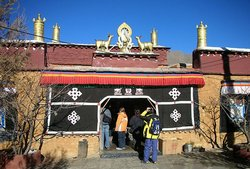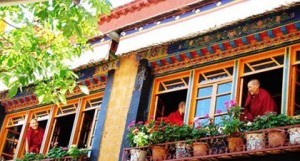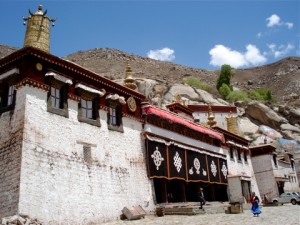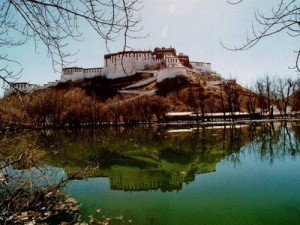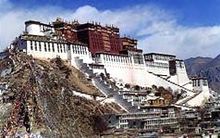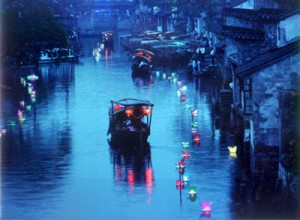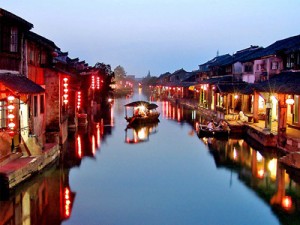Located in the West Lake in Hangzhou, the China Silk Museum is the first one national professional silk museum and also the world’s largest silk museum. There are two halls and it is Zhejiang provincial CPC business unit now covering an area of 5 hectares with construction area of 8000 square meters and the exhibition area of 3000 square meters. It is open to public on 26th February in 1992.The basic display of the museum has been comprehensively adjusted in 2003, whose main hall is about a story of Chinese silk, and mainly described the origin and development of silk, main types of silk, silk road and silk in ancient social life status. Dyeing hall and modern achievements hall, respectively, show the development of ancient loom and the silk production, scientific research and foreign trade in our country’s glorious achievements after the founding of new China. The museum also has temporary exhibition hall to held various temporary special exhibition.
China Silk Museum features enjoyable environment and feminine and elegant architectural style, mulberry field with grass, small bridges, winding water, which let people enjoy the scenery of nature. The museum also has five distinctive silk store, a store, teahouse and other affiliated facilities, which makes it a good place for recreation.
The China Silk Museum is divided into five parts: Preface hall outlines the history of silk and the silk road, from a historical aspect told viewers silk from China and spreads to the world; Silk cultural relics and historical relics hall with a large number of the history of the picture shows the China five thousand years long silk culture and superb production technology; Silk hall lets you know the secrets of your planted mulberry sericulture and silk reeling and can look carefully silkworm son spins a cocoon of process; Dyeing hall is in the past in local and national characteristics of the building showing all nationalities in different historical periods of dyeing process; Modern achievement hall is a microcosm of the peoples republic of China silk shows in silk, silk production in China in the 50 years since the founding of the scientific research and achieved a brilliant silk trade. It is a best place worthy your visit.

